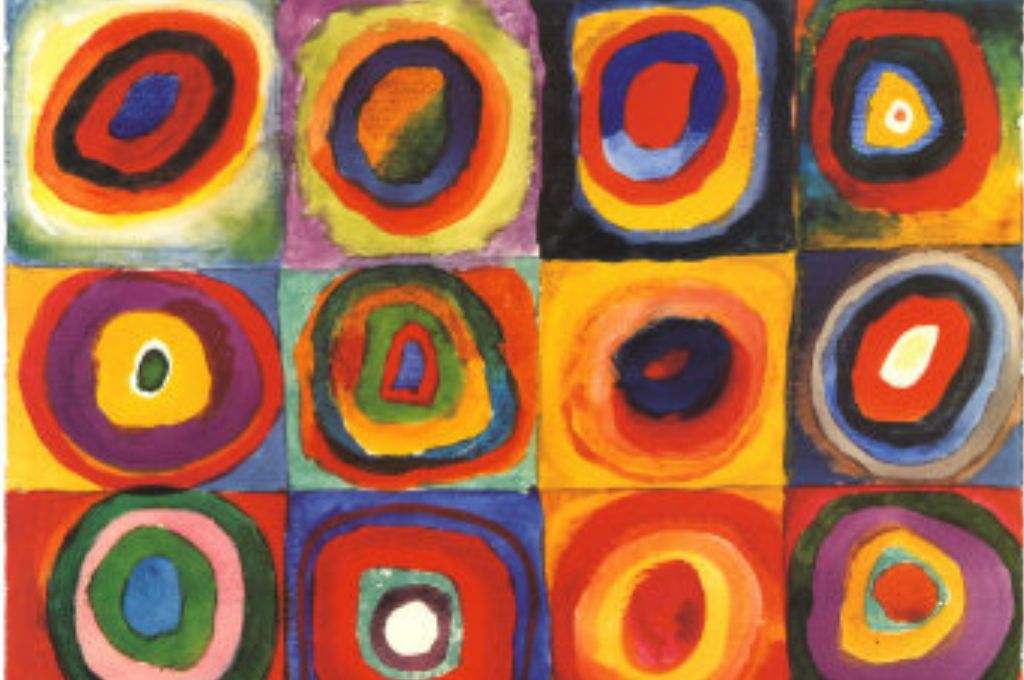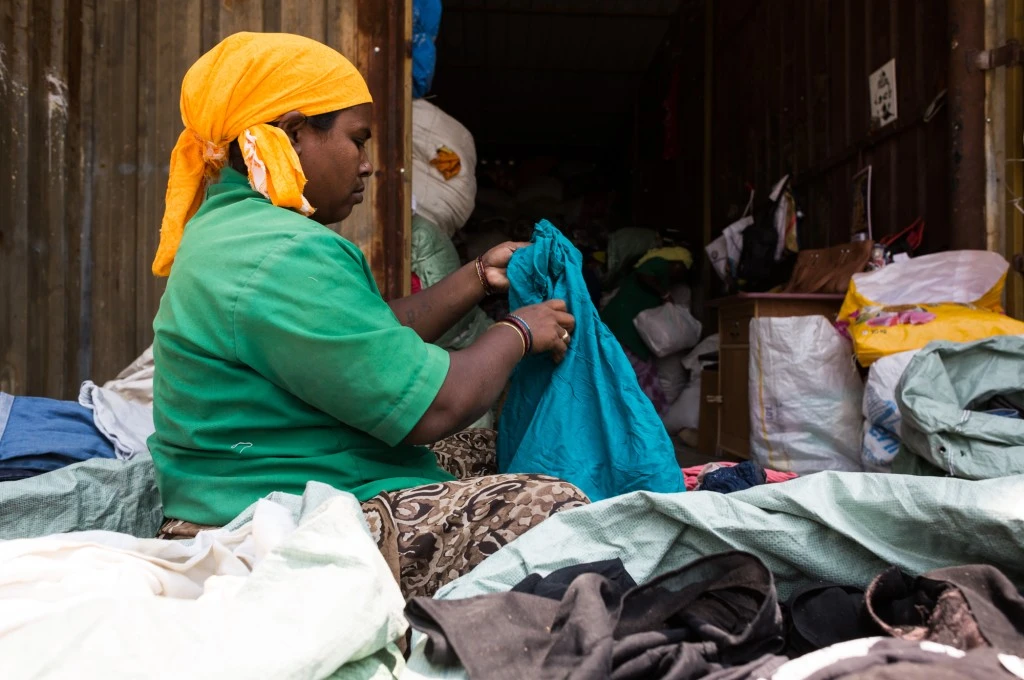There’s a growing understanding within the development sector of the complexity of the climate crisis and its interconnectedness to health, gender, livelihoods, and other domains. Understanding how it worsens structural inequalities, particularly for vulnerable communities, is a crucial aspect of addressing the climate crisis effectively. This is especially important because the impact of a decision made in one part of the world can have repercussions on people who reside elsewhere.
Adopting a systems thinking approach, which entails considering these diverse interconnections within the broader context of climate change, has emerged as a potential strategy. And while the approach is gaining momentum in theory, questions about how it will play out in practice remain. How will it translate into the work that nonprofits are already doing? Given constraints such as limited resources, time, and team capacity, how can nonprofits adopt a systems thinking lens to address the complexity of the climate crisis?
Liby Johnson, the executive director of the grassroots development organisation Gram Vikas, points out that nonprofits are already adept at understanding the various facets of an issue, such as its causes and potential effects. This is especially true for nonprofits operating at the grassroots. Reflecting on his experience, he adds, “I started working in this sector in the mid 90s. Back then, linear thinking was completely frowned upon. When we proposed solutions, we would immediately be asked about the dependencies. That’s how the sector operated. Our contributions—demonstrating workable models, scaling them up, and showcasing that change is possible—resulted from our commitment to systems thinking.”

According to Liby, nonprofits such as PRADAN, Collectives for Integrated Livelihood Initiatives (CInI), and The Timbaktu Collective have been working with vulnerable rural communities across the country for several decades. “These organisations have engaged with families to enhance their livelihoods, and not just by improving agricultural practices and increasing farming yields. Their efforts also extend to education and overall well-being, allowing these households to become resilient, over time, to disasters and climate impacts,” he shares.
The responsibility of adopting a systems thinking lens, however, cannot rest solely on grassroots nonprofits. Funders, intermediaries, and others must also think differently. Liby adds that in the absence of support from the larger ecosystem, it becomes nearly impossible for nonprofits to incorporate a systems thinking framework in their work.
“Organisations, especially younger nonprofits that are still finding their footing, don’t have the agency to dictate a set of operating methods that deviate from how the larger system is already functioning. I don’t think there’s a solution unless the system itself starts thinking this way.”
What will it take to create this enabling ecosystem?
Funders, intermediary organisations, and larger nonprofits can play a significant role in shaping the trajectory of a nonprofit’s work; they dictate where and how resources are allocated and what priorities are set. Therefore, it’s crucial for these different stakeholders to embrace systems thinking in their own practices to enable nonprofits to do the same. Here are some strategies to achieve this:
1. Listen to different narratives
Narratives have the power to shape perceptions. The prevailing discourse on climate change is largely confined to Western-centric, scientific frameworks, which neglect local contexts. To truly address the complexities of climate change, there is an urgent need to broaden the discourse and incorporate diverse perspectives and marginalised voices that are often sidelined.

Larger nonprofits can contribute to this narrative-building exercise in a significant manner. It is critical for metro-headquartered nonprofits not to impose their worldview and ideas of climate thinking on the local, community-based organisations they partner with.
However, Neha Saigal, director – gender and climate change at Asar Social Impact Advisors, points out that it has been very challenging for organisations with different approaches and perspectives to talk to each other. “We tend to listen to people who are like us and who think like us.”
Asar is a research and consultancy organisation that facilitates collaboration between various stakeholders in climate change–related fields. When it began working with partners—including organisations that weren’t necessarily climate-focused—on different aspects of the crisis at the state level, much of the initial attention was on trying to understand climate through the perspective of the community. This is because everybody has a different understanding of climate.
To bring in these diverse viewpoints, Asar conducted what it calls ‘listening and sensing sessions’. “These are open-ended dialogues. They aren’t focus group discussions or a research exercise, and are, in fact, fairly informal.” Neha elaborates. These sessions eventually shape the work Asar does in the region, she adds. “The inputs from the community enable us to take decisions and prioritise issues, geographies, strategies, and tactics.”

Aman Singh, the founder of KRAPAVIS, a nonprofit that works to ensure sustainable livelihoods for rural pastoral communities in Rajasthan, also notes how conducting regular workshops with community members has benefitted his team. “Through our workshops with local groups, we’ve created an environment for participation and dialogue. As a result, our team members have also become more receptive to community feedback, which we regularly incorporate in our planning.”
For funders who don’t often engage regularly with the communities for whom they are trying to create solutions, having access to these different narratives is essential. This is because this information can help them better tailor their support to address root causes and build resilience.
Intermediary organisations—those that act as a bridge between funders and nonprofits, disseminating vital information and knowledge—also play a critical role here. Given their tremendous influence in the sector, intermediaries can facilitate a shift in funder attitudes by helping them think through which factors to consider when looking at impact, what measurement metrics to use, and subsequently, how to plan interventions. For instance, they can develop use cases for funders to include a narrative-building aspect within their programme.
2. Address knowledge gaps
Systems thinking isn’t a framework everyone is familiar with. Aman Singh highlights that the systems thinking framework has yet to reach the grassroots level. “While many may grasp it intuitively, most nonprofits working on the ground still lack familiarity with this framework.”
In 2019, DESTA, a research and consulting organisation that focuses on mainstreaming systems thinking for sustainable development, conducted a week-long training session for KRAPAVIS on systems thinking. Over the course of these sessions with DESTA, the KRAPAVIS team expanded their scope of thinking on the work they were doing on restoring orans (sacred groves) in Rajasthan.
Those who are well-versed in systems thinking need to make deliberate efforts towards capacity building and facilitating knowledge exchange.
Aman Singh shares an example. “Orans used to have traditional water harvesting systems such as talaabs, nadis, tankas, baodis, and open wells. But when we started employing a systems thinking lens to look at all the other factors impacting the orans, we found that farmers and industrialists had set up illegal borewells to extract water. This is when we realised the implication that depleting groundwater tables can have on the orans. As a result, as part of our larger aim to restore and conserve these community forests, we’ve started working on the issue of recharging groundwater as well.”
Therefore, while nonprofits possess innate insights into systems thinking from their on-ground experience, providing them with the right tools and training can enable them to expand their understanding and identify interconnected issues that may not have been initially apparent. For this to take place, those who are well-versed in systems thinking need to make deliberate efforts towards capacity building and facilitating knowledge exchange.
However, Aman Singh points out that field teams might be hesitant to learn about systems thinking. “When we introduced our team to systems thinking, they felt it was too theoretical and that it wouldn’t be applicable on the ground. However, after bringing the framework into practice, they started finding the concept easier to grasp. If we want to change something, we have to remain open to understanding and engaging with complexity.” He goes on to add that the language used to disseminate systems thinking knowledge is complex and full of jargon and needs to be made more accessible.
3. Broaden the scope of funding outcomes
There has been an increasing pressure on nonprofits to think in a linear fashion. “It’s all ‘Go, go, go,’ and there really is no space for nonprofits to sit down, and map the system and the various relationships within it,” shares Neha.
A part of the reason for this focus on linearity is the constant emphasis on measuring inputs and the number of people reached, as opposed to figuring out how these outcomes are achieved. This linear thinking shapes the very way in which interventions are planned. Liby expands on this with an example.
“Consider a nonprofit that works towards enhancing the climate resilience of farm livelihoods in a cluster of gram panchayats. Funders might only focus on specific outcomes: Which crop will increase productivity? What will the increase in price per unit e be that would lead to an increase in income? This narrow approach to planning and reporting overlooks a broader understanding of impact that is needed. For instance, an increase in production for farm-dependent households hinges not only on agricultural yields but also on factors such as the time that is available to women to work in the fields, considering their responsibilities at home,” he says.
However, many donors fail to consider such nuances during the planning phase. “The problem with this kind of linear thinking is that it doesn’t allow us to even factor in any kind of risk. The moment funders begin thinking about the systems that influence farm production, they will have to allow for some margin of failure, allot funds to accommodate for it, and then broaden the scope of the outcomes as well,” Liby adds. He emphasises that to be able to expand the scope of an intervention and understand all the various interconnections, systems thinking must begin when a programme is being planned.
One solution to these problems is patient grantmaking. It provides sustained support to organisations over an extended period, often with flexibility in funding timelines and reporting requirements. This would allow nonprofits to have the time and resources to understand the multi-dimensional nature of the issues they’re addressing.
It’s essential to think inclusively and consider the needs and practices of grassroots organisations.
Neha adds that this kind of funding can also help ensure that meaningful solutions aren’t prevented from being implemented, just because nonprofits do not understand the broader context.
Another step that funders can take is making it easier for grantees to report. Aman Singh shares that many donors bring their own format to the table and tend to view things from only their perspective. “If we talk about issues beyond what their formats dictate, they say it doesn’t match their vision or mission. While it’s crucial for funders to align with their vision and mission, they must also remain flexible to accommodating the perspectives and approaches of those working on the ground. It’s essential to think inclusively and consider the needs and practices of grassroots organisations.”
Complex problems like the climate crisis cannot be solved overnight. All stakeholders, especially implementing nonprofits, need the space and time for reflection to find sustainable solutions. Liby remarks that while these organisations thrive because of their grassroots understanding, they must also enhance their ability to contribute to a bird’s-eye view. This can only happen when the entire ecosystem shifts its approach as well, changes the way it measures outcomes, makes space for diverse narratives, and demystifies the systems thinking framework to make it more accessible for grassroots nonprofits.
Smarinita Shetty contributed to this article.
—
Know more
- Read this article to learn how funders can further enable a systems thinking approach for the sector.
- Read this blog to gain insights into systems thinking in action.





